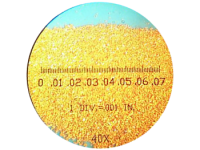Socorro
Jr. Member
Hi Folks,
I have been curious as to how many of you know of and use Torch Assaying? I trained under the late Charles Butler and have not seen hardly any indications, at least in public areas of people performing their own torch assays. It has been the most valuable asset in my bag of prospecting tools that I have to date and just wondering who else is using this invaluable process.
Happy Prospecting,
Dwight
I have been curious as to how many of you know of and use Torch Assaying? I trained under the late Charles Butler and have not seen hardly any indications, at least in public areas of people performing their own torch assays. It has been the most valuable asset in my bag of prospecting tools that I have to date and just wondering who else is using this invaluable process.
Happy Prospecting,
Dwight






